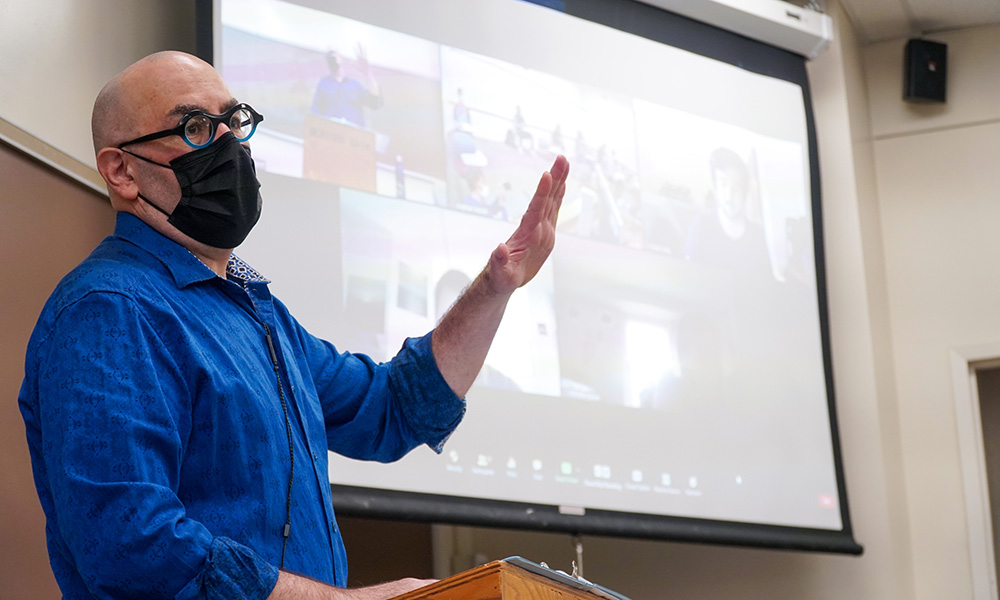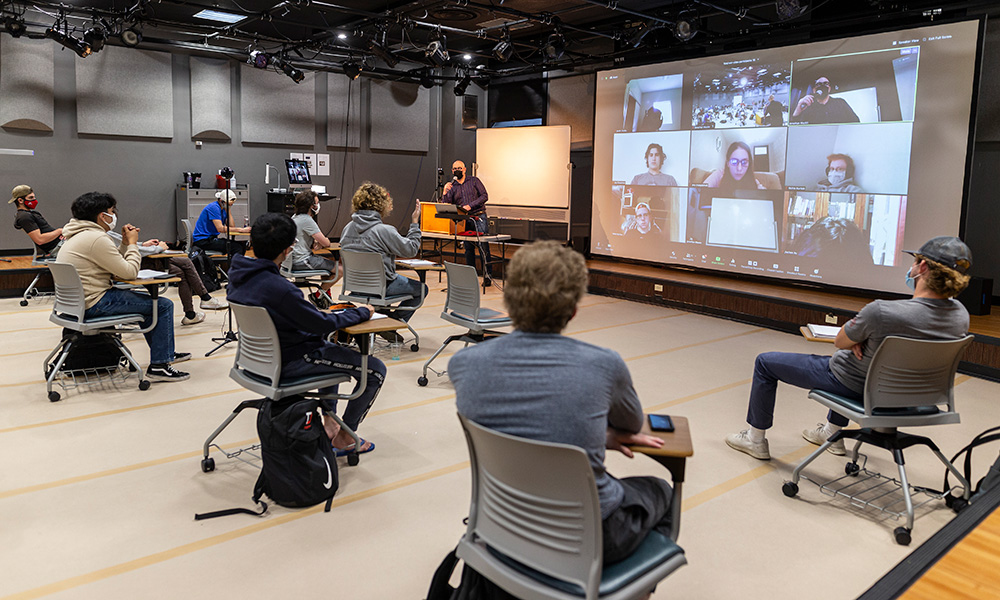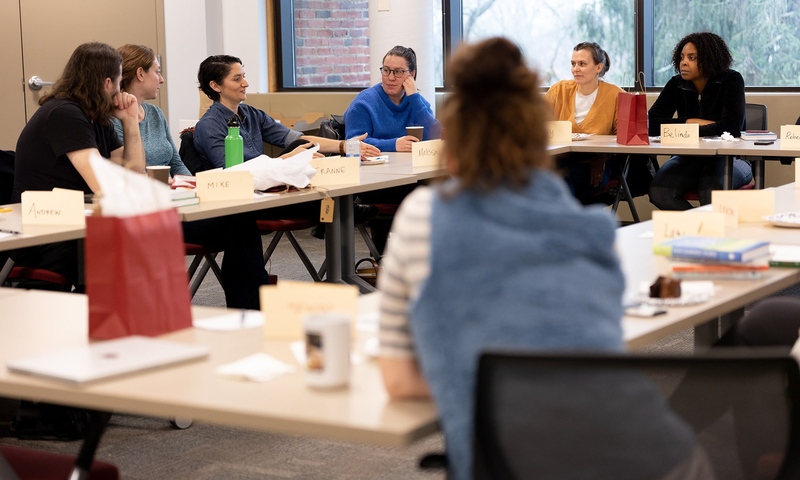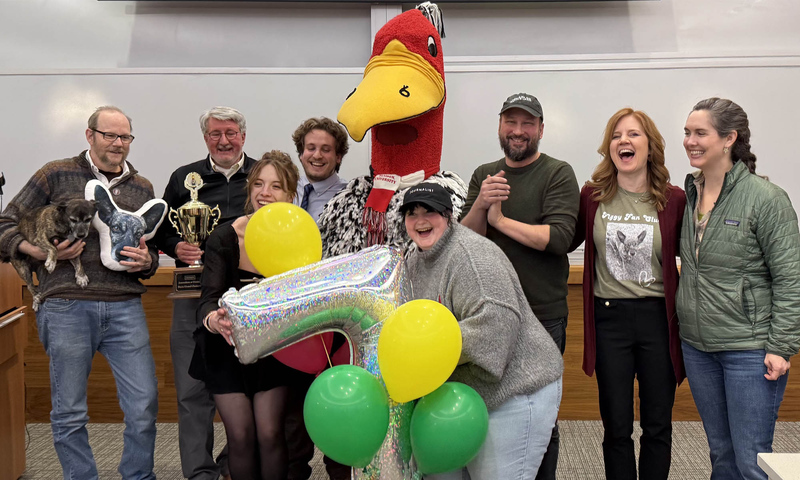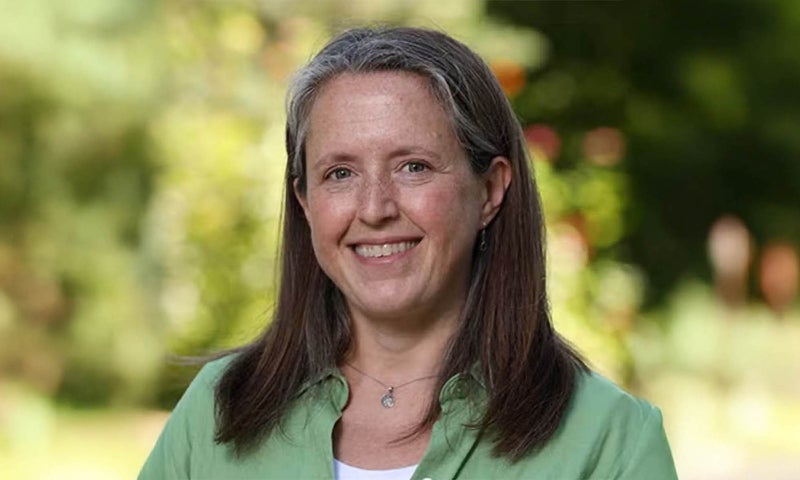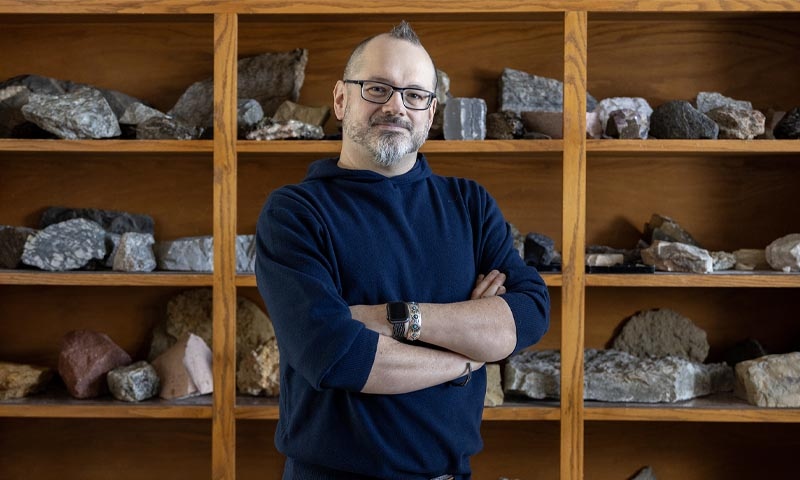It’s no secret the coronavirus pandemic has made everything more difficult — including educating college students. Instead of simply teaching (and to be truthful, there’s nothing simple about it) in classrooms, labs, and studios, Denison professors are practicing the same kind of lateral thinking they teach as they impart knowledge and skills in new ways to students who are in classrooms and learning remotely.
With students both on campus and in other time zones, Associate Professor of Philosophy Maskit teaches his classes in a hybrid format, with access to great technology including cameras, mics and Zoom platforms. He shares some tips and takeaways for teaching during a pandemic.
What was your biggest concern?
More than anything else, I was concerned about audio. I want to make sure all my students could hear me and each other.
How did technology help?
I started with a single mic for everyone in the room, but my remote students almost immediately reported that they couldn’t hear what was going on. Even when it did work, it sounded like we were in a fishbowl, which I hated.
Philosophy prizes discourse as a teaching method, and I wasn’t prepared to accept a learning environment where some were technologically second-class. I realized that every in-person student already had a personal high-powered mic at their disposal — their cellphone. The trick was in figuring out how to have them use their phones without feedback or echoes.
After a lot of trial and error, I put things together in a way that works. Everyone, whether in-person or remote, joins the Zoom call: remote students usually use a computer; in-person students may only use a phone (laptops can be toxic in a classroom). Once on the call, students in the room have to mute their mics and speakers and turn off their cameras. The easiest way to do this is to put Zoom into “safe driving mode” (I wouldn’t actually try this while driving!). To be heard, they just need to tap the on-screen “tap to speak” button to turn on their mic and then tap again when they’re done.
Remote students can hear as clearly as everyone in the room (maybe even better), which means they can follow and, more importantly, participate in our discussions too.
Maskit shares his tech tips with you and his fellow faculty through this video, though he stresses, “This is the simple version.”
“It’s important to me to meet my students where they are and take them someplace where they aren’t yet.”
How can remote students see what’s going on in the classroom?
A good classroom is built on good community. Remote-learning students need to see more than just me; they need to see their classmates to be part of the ebb and flow of discourse. This was especially important for my first-year students who don’t already know each other.
From the beginning I set up at least two cameras in the room: one on me and one on the in-person students. I also put the remote students on-screen so everyone could see everyone else. Originally, I had thought to have in-person students use the cameras on their phones when they spoke, but this involved just a few too many buttons for them to press (and sometimes killed their batteries). Now I just use the two cameras. This gives my remote-learning students a sense of the classroom, though it’s hard for them to see individual in-person students. It’s a compromise.
Other challenges?
Keeping track of both in-person and remote students while staying on top of the material and the technology can be hard, especially on days when the tech is uncooperative.
Masks definitely make things more difficult. I had a hard time getting to know my first-year students, especially. I only saw the upper half of their face, and it was harder to learn their names.
Masks also cause my glasses to fog up, but even more important, my students can’t tell when I’m smiling or making a joke. I don’t feel funny anymore.
On a positive note, I’ve found that including my dog Miku in some Zoom meetings can help (on the few days when we’ve met purely remotely). When Miku joins me, my students immediately react positively; they love and miss their pets.
What is your teaching philosophy?
It’s important to me to meet my students where they are and take them someplace where they aren’t yet. My students come from a wide variety of experiences and my goal is to figure out how to present the material so they can relate to it.
I want my students to develop as readers, as writers, and as people who can craft strong lines of reasoning. I want them not just to assert their beliefs, but to say why others should agree with them. For that you need to create a compelling argument.
What will you take into the future?
I was never interested in teaching an online course. And I’m still not interested in that — a classroom experience is irreplaceable. But I think there are possibilities that could be explored.
I am considering continuing to record classes for students to reference as they absorb the material and study for tests. And I see some worth in the possibility of future hybrid options for students who are sick enough to miss class or might have to return home for an emergency, but still want to keep up.
Sounds like the words of a confirmed lifelong learner.
